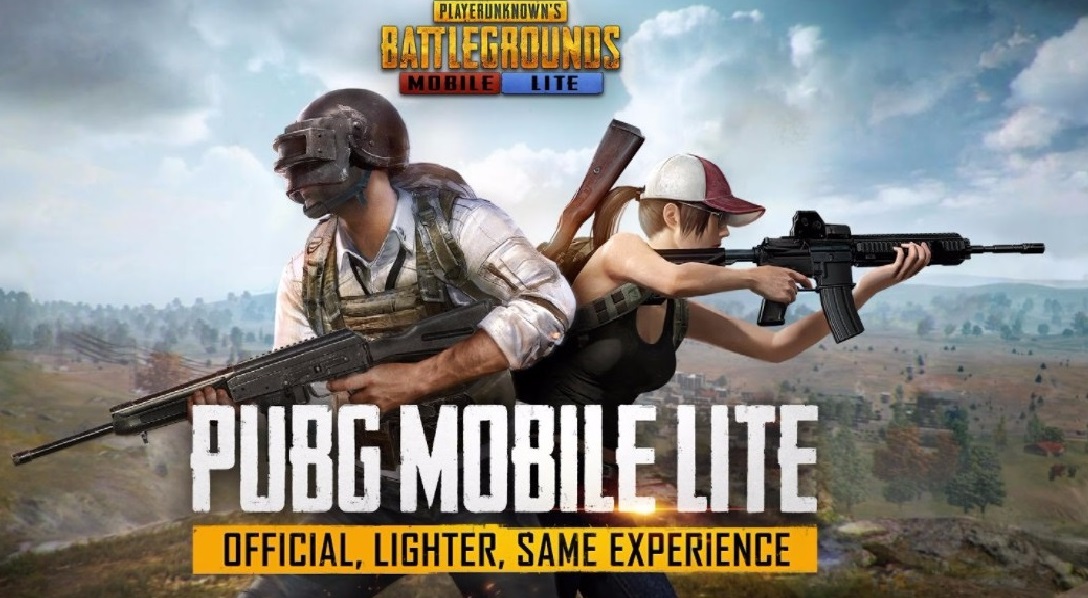With crypto in a state of turbulent flux, a demographic of nonfungible token (NFT)
detractors in the fine art world might feel trigger-happy to, at last, declare the industry down for the count.
Meanwhile, artist, critic, dealer, educator and outspoken NFT proponent Kenny
Schachter is celebrating the conclusion of Slow Food — his first New York City art
exhibition in 25 years — at The NFT Gallery on Manhattan’s Lower East Side, fresh
off the heels of headlining NFT Art Day ZRH in Zurich, Switzerland, coinciding with the iconic annual Art Basel art fair, less than 50 miles away.
In June 2022, Schachter had just presented the first-ever NFT booth wall at Art Basel with Galerie Nagle Draxler, expanding the acceptance of NFTs just before profile pictures became the face of their demise. Soon after, Schachter was spotted among the art world elite in Hydra, Greece, celebrating zeitgeist sculptor Jeff Koon’s first token drop with Pace Gallery.
Schachter told Cointelegraph that while his commitment to the intersection of blockchain and art hasn’t faltered since then, “it’s hardened.” The contentious art-world rabble rouser hails from a working-class Long Island, New York family. He studied philosophy, then law — worked in fashion and on the stock market floor — all before stepping foot in his first art gallery in his late 20s or making his name as an art market reporter. Schachter became an artist before the millennium turned, exhibiting his first computer animation in 1993 and producing digital prints as the decade ensued.
“As far as I’m concerned, I’m involved in art,” Schachter said. “That’s all I care about, more than pretty much everything, except for perhaps my kids.” Rather than encapsulating Schachter’s full oeuvre, Slow Food, which closed on June 17, focused on the artist’s most recent blockchain forays: a collaborative, evolving rumination titled Open Book, his new blockchain-based game Pop Principle, and a sculpture about the insidious trend of dinosaur bones being sold through art auction houses. An NFT accompanied each artwork — underpinning them all.
Riding out the booms and busts
When Schachter caught wind of NFTs in 2020, he brushed them off as another form of money before recognizing solutions for difficulties dogging his practice — wrapped in a blockchain bow.
Of course, digital art had long languished in the absence of a practical means to sell and trade it. A number of galleries offering digital artworks in their booths at Art Basel as of 2022 still handed the pieces off after purchase as a file on a flash drive, authenticated based on file size.
Even before NFTs, digital art had been pigeonholed in the manner of other mediums, like performance. Although NFTs gained fame only once artists started making big money, Schachter saw a greater chance to expand his audience beyond the narrow-minded art world.
Money is nice, but Schachter swears up and down it’s not driving him — he recently opted to forego royalties from resales. Instead, the artist emphasized that his faith relies on the community that NFTs build around his practice and the connections the space lends itself to.
Recent: The Hinman docs: Implications for XRP, SEC credibility and more
The artist had to learn fast about blockchain in his efforts to get involved. He initiated a virtual mentorship with an avid NFT collector and Google executive based in Singapore. “Every two or three weeks, I would sit there like a child with a pen and a paper,” Schacter recalled of their sessions. “I ended up making an artist out of him, putting him in an NFT show I curated at Nagle Draxler in Cologne in 2021.”
Similarly, Schachter’s more far-reaching projects across “Slow Food” require people to make them function. Open Book began last summer while he was co-authoring The NFT Book. Inspired by the social media responses he got for input while helping pen the book, Schachter curated 20 disparate artists to contribute stances on NFTs — some positive, some critical — for Open Book. Those quotes oscillated on screens across Slow Food, with some from Schachter himself. The show allocated a room where guests could contribute before it goes live on NFT market Async Market this month.
Schachter calls the project “a book that doesn’t have an ending, nor a middle for that matter. But there’s a beginning. It tells a story of a field radically transforming in real time.”
Playing further
His blockchain game, Pop Principle, runs on the high-end digital art streaming service and collecting source Daata. It took shape in early 2022. Originally titled Digital Duel: Crypto vs Canvas, the game’s new iteration pits teams of vocal NFT supporters and detractors from the fine art world — artists, writers, curators, dealers and influencers — all against each other.
Each round of Pop Principle will introduce new teams with new characters on either side, all available to mint in open editions. Collectors mint as many of their favorite characters as they can afford to in order to support that figure and their team. Whichever team gets the most mints wins, but the real crown goes toward whichever collector holds the most copies of the winning character — that collector gets a unique Schachter sculpture in real life. To celebrate Pop Principle’s inaugural round, which closed June 17, the top 50 holders all received an airdropped NFT.
“The concept changed from a battle to a reflection of the fact that life — in art and beyond — has been reduced to a popularity contest,” Schachter said, “measured by likes, followers and money.” While there’s no role-playing or hand-to-hand combat, it was fun to watch art dealer Larry Gagosian, whose gallery some regard as the art world’s evil empire, lob stacks of bills at opponents like famed artists Refik Anandol and Beeple, in a montage on view at Slow Food.Sculptures of this round’s protagonists punctuated the show — Beeple greeted visitors, while teammates Anandol and Nigerian artist Osinachi conversed with the round’s sole neutral party, curator Hans Ulrich Obrist, near the show’s rear.



